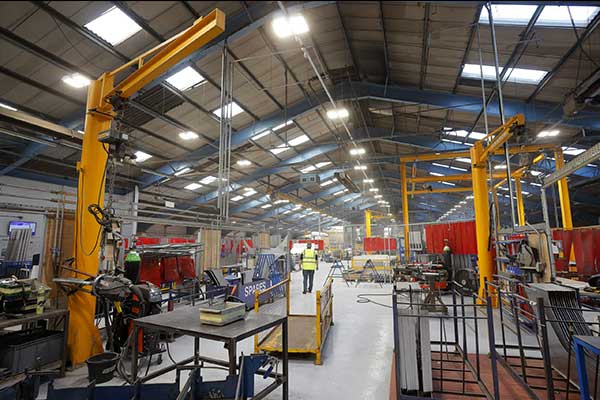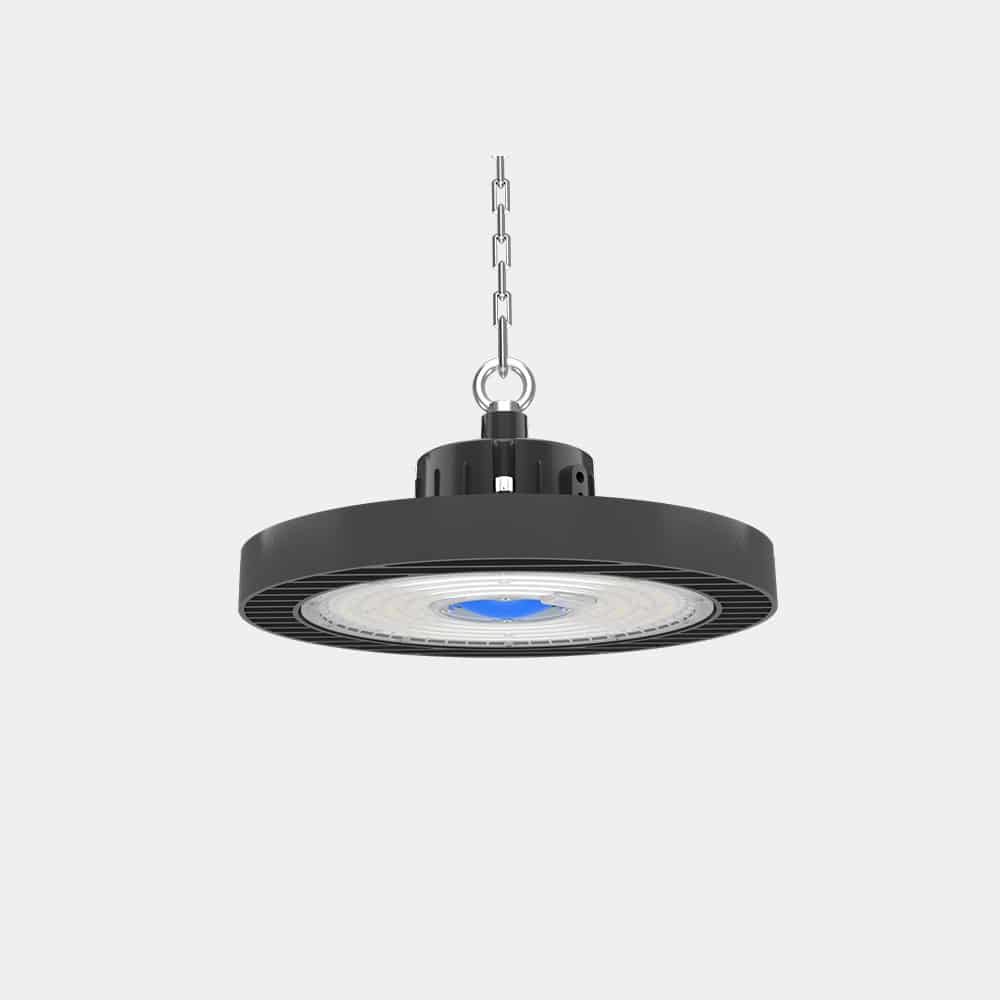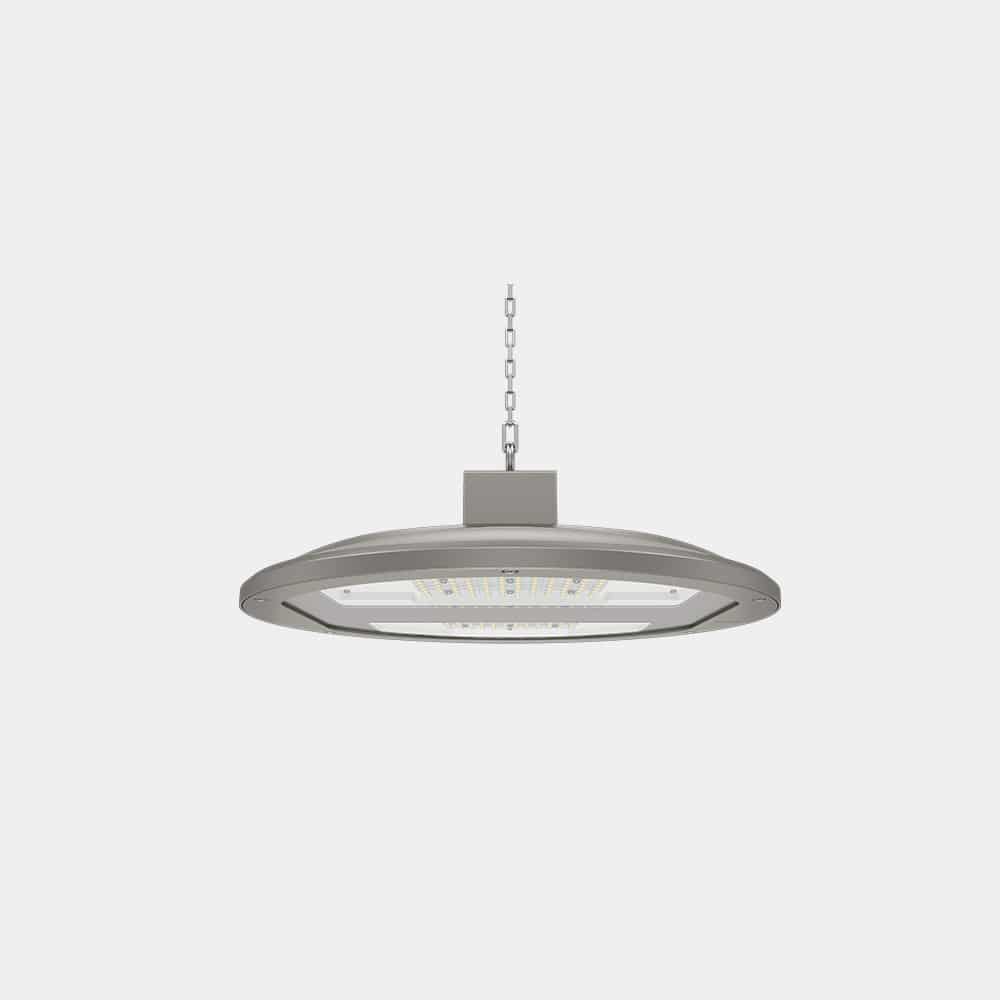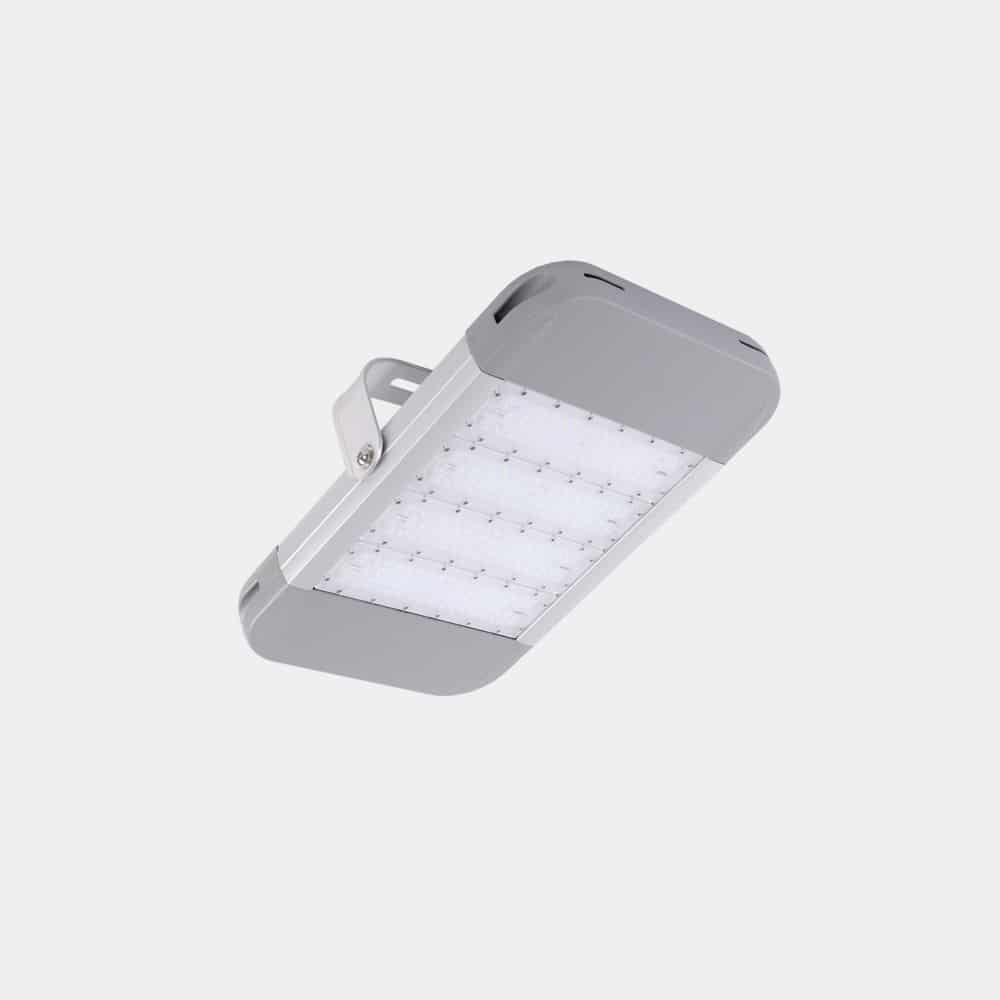Factory Lighting
Illuminating Factory Spaces: Key Considerations for Optimal Factory Lighting
Industrial facilities require high-quality lighting to ensure worker safety and factory production. Lighting solutions need to be durable enough to withstand harsh environmental conditions, including heat, moisture and corrosive environments. In addition to these requirements, the lamps should meet the lighting requirements of relevant standards and be as energy-saving as possible. In addition, the lamps require less maintenance to serve the lighting needs of the factory longer. Thanks to recent advances in LED technology, industrial facility managers now have options beyond traditional high-intensity discharge (HID) lamps and can realize significant savings in energy and lighting maintenance LEDs. Compared with traditional metal halide and high-pressure sodium high-intensity discharge lamps, today’s LED systems use 2-3 times less energy and reduce maintenance costs by 90%, putting lighting at the forefront of sustainability and cost reduction. Factories are upgrading mission-critical lighting applications to significantly improve light quality and control, achieving rapid return on investment. This article explains the key points to consider when upgrading factory lighting to LED.

Lighting Standards Of Factory Lighting
ZGSM recommends designing factory lighting according to the lighting standard of EN12464-1. Industrial activities and crafts include chemical, plastics and rubber industry, electrical and electronic industry, food stuffs and luxury food industry, metal working and processing, vehicle construction and repair, etc. The following is standards refers to electronic workshops.
Industrial activities and crafts – Electrical and electronic industry |
|||||
Type of area, task or activity |
Maintained illuminance Lux |
illuminance uniformity Uo |
Unified Glare Rating limit, UGRL |
Colour rendering indices (Ra) |
Specific requirements |
Cable and wire manufacture |
300 |
0.6 |
25 |
80 |
|
Winding: |
|
|
|
|
|
Coil impregnating |
300 |
0.6 |
25 |
80 |
|
Galvanising |
300 |
0.6 |
25 |
80 |
|
Assembly work: |
300 |
0.6 |
25 |
80 |
|
Electronic workshops, testing, adjusting |
1500 |
0.7 |
16 |
80 |
|
According to Standard of EN 12464-1:2011 |
|||||
Key Factors To Consider In Factory Lighting
Maintain illumination
Illuminance, measured in lux or foot-candles, is a measurement of the amount of light that strikes a surface. The required lighting level depends on the task being performed. Organizations such as OSHA and IESNA recommend minimum lighting levels for specific tasks based on the frequency of activity and the inherent hazards present. “Maintenance” refers not to the illumination at the beginning of the aluminum lamp’s life, but the illumination at the end of its life. Therefore, when calculating illuminance, the light attenuation factor must be considered at the initial stage of the project. It has been proven time and again that accidents and productivity are directly related to adequate lighting, therefore, a minimum level of illumination must be provided. In the previous section we listed the illumination requirements for the electrical and electronic industry. If your venue is elsewhere, please refer to the desired standard or contact us.
LM80 and LED Lumen Maintenance
Lumen maintenance is defined as the percentage of the initial lumens that a light source maintains over a period of time. For LEDs, LM80 is a method defined by IESNA (Illuminating Engineering Society of North America) for measuring the decrease in LED output over a specific period of time. LM80 standardizes the performance of LEDs from different manufacturers. The main factors affecting LED lumen maintenance are drive current and operating temperature. High temperatures and high drive currents can adversely affect the efficiency of chip and diode materials. Using LED LM80 data, manufacturers can extrapolate expected lumen maintenance curves at different operating temperatures. The lumen maintenance curve then shows facility managers how long they expect the light emitted by the fixture to meet specified lighting requirements. In addition, we also need to consider the impact of the use environment and daily maintenance time of lamps on LED lumen maintenance.
Control System
The on-the-fly dimming and switching capabilities of modern LED systems allow for more efficient use of power that is not possible with HID lights. In addition to standard analog dimming, lighting can be adapted to the environment with walking or vehicular traffic through occupancy sensors, daylight use using photocells or timers, and advanced lighting controls to account for peak power costs. These controls use wireless or powerline communications and can also provide facility managers with real-time usage and maintenance data. Flexible light fixtures are compatible with wired and wireless control methods, depending on the specific needs of the facility.
Color rendering
Color rendering is the ability of a light source to represent the true color of an object, and the color rendering index (CRI) is a measure of this ability. If the color rendering index of light is 100, it means that the light can perfectly display the color (the color rendering index of sunlight is 100). In food and beverage processing facilities, high color rendering index light sources enable workers to see colors accurately and perform their jobs safely and correctly. Most importantly, high color rendering light sources allow workers to discern the quality of food during processing and processing, thereby impacting food safety. In the general food processing field, the CRI needs to reach 70, while in the inspection field, the CRI needs to reach at least 80 or even 85.



